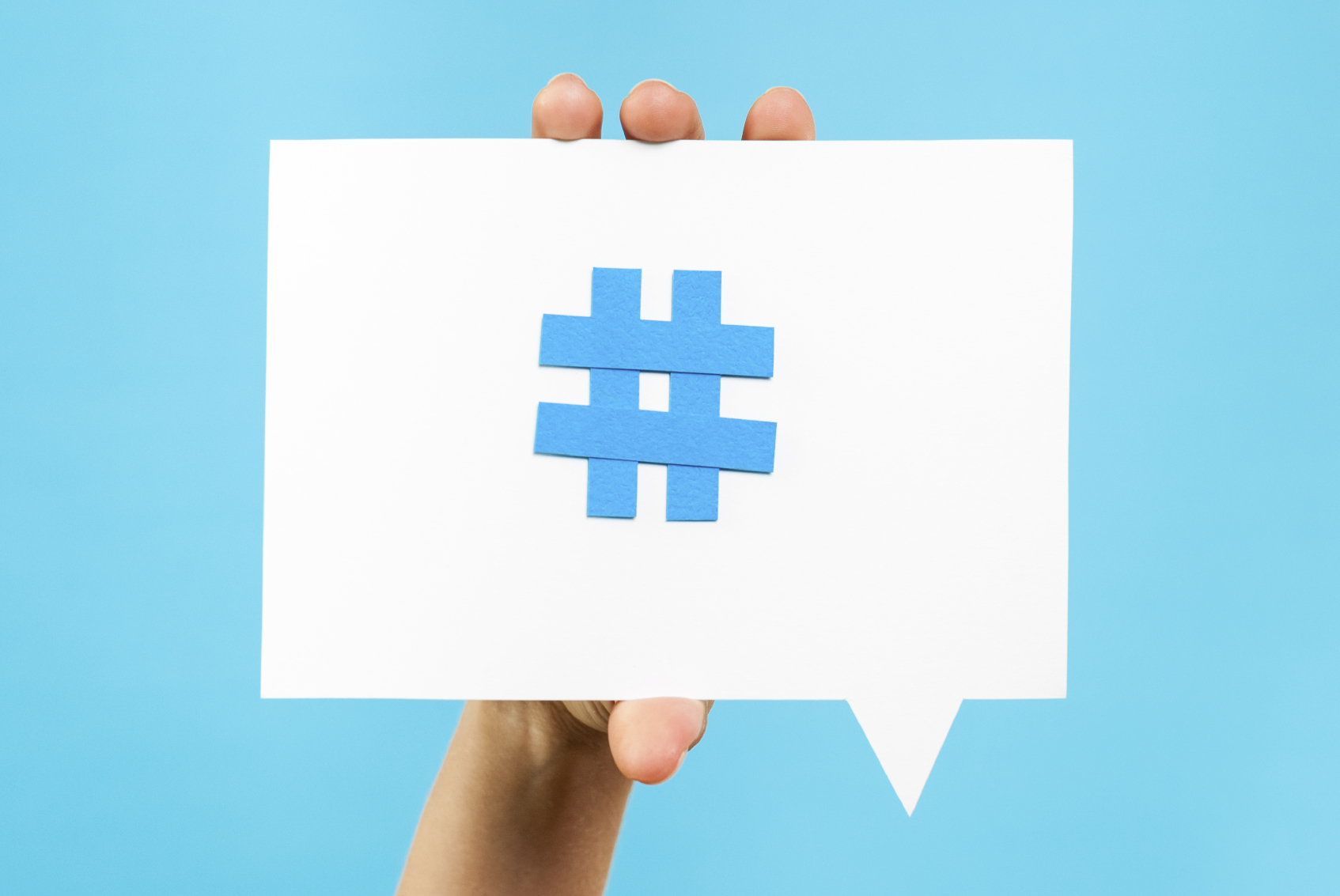Over the course of the last few weeks, the power of social media has been on full display. Between the open letter of Taylor Swift to Apple and the mass eradication of the Confederate flag, social media has flexed its muscles and the world is taking notice.
The way in which humans interact on social media is a sight to behold.
Is social media inherently productive or destructive? On the surface, it’s productive, right? You take pictures and share them on Instagram; you think witty things and share them on Twitter; you record videos and share them on Facebook.
You’re producing content, not destroying it.
But if you’ve been watching social media trends for any amount of time, like I have, you’ll notice how quickly a social media mob armed with keyboards and mice, can take down CEOs, politicians, and, most recently, flags.
Social media is a neutral tool; it’s a hammer. Hammers are used to build houses and to tear them apart.
The Power to Build
On Monday, June 21, Taylor Swift posted an open letter to Apple about Apple Music, saying that she would not be participating due to the company’s lack of compensation for the three-month trial period. She made it clear that she doesn’t need the money, but young, aspiring artists do.
(Meanwhile, I’m just wondering how much Tumblr pays Taylor to host her blog on their site, but that’s a whole other issue.)
Eddy Cue, a VP at Apple, resolved the issue in a series of tweets on Monday:
Did you see how quickly that was done? Goodness. In a matter of 24 hours, a music star used social media to change the business plan of the fifth-ranking company on Fortune’s 500 List.
A few tweets and a few hours can change a whole lot, but it’s not always used to build something up.
Sometimes, we use our social media power to tear something down, and even when it’s something that deserves to be torn down, our efficiency is nerve-wracking.
The Power to Bulldoze
When millions of angry people get behind a single cause via social media, it’s like putting millions of people at the wheel of a bulldozer. The majority vote decides where it turns, and you can’t do anything to stop it. Some things deserve to get bulldozed, others probably don’t; that is, unless the majority feels they do.
Since the horrific events in Charleston, SC in which a man killed nine of my brothers and sisters in Christ at a Bible study, the Confederate flag that flies on the grounds of the South Carolina Capitol on Columbia, SC has come under scrutiny.
Since the flag was put under a magnifying glass, we’ve all but knocked over every Rebel gravestone and vandalized every statue. Look at this tweet from The Daily Beast, a decidedly left-leaning news blog:
BREAKING: Christie finally says he supports Nikki Haley on Confederate flag http://t.co/42l1vaDZRu
— The Daily Beast (@thedailybeast) June 23, 2015
They say that Christie finally announced his support to remove the flag. He announced his support a mere 24 hours after the Governor took her stand, and apparently, that wasn’t fast enough.
In the last week, I saw a tweet about the skyrocketing sales of Confederate flags on Amazon. I was surprised by the 3,000% sales increase of one of the flags listed on the site. Five minutes later, stories fly across Twitter at the speed of bytes reporting that Amazon (along with Sears, Walmart, eBay, and others) are ridding themselves of the flag.
Whoa.
That’s great – I want to see the flag gone – but the speed at which we’re eradicating a symbol so deeply rooted in certain parts of this country is alarming.
Mollie Hemingway wrote at The Federalist yesterday,
“We are slowly forgetting how to oppose something without seeking its utter destruction.”
In just a week we’re dismantling a centuries-old symbol of racist oppression. Hooray, us!
Really, that’s great, but what happens when the crowd-controlled bulldozer takes a turn toward something not as malignant?
What happens when the social media hivemind lets loose on something a bit closer to home for Christians?
We’ve already seen a taste of it with Indiana’s RFRA. Christian ethics surrounding sexuality are often viewed as offensive and are regularly equated with the racism of the mid-20th century. The Christian understanding that homosexuality is often called “bigotry,” which is the same word many are using to describe the motivations of Dylann Roof, the Charleston terrorist.
In the eyes of the world, the Christian sexual ethic and the Charleston massacre find their roots in the same river called “Bigotry.”
If the symbol of the Confederate flag is reviled for its association with racism and oppression, how long is it before the world views the cross in the same way?
Dr. Russell Moore, the President of the Ethics & Religious Liberty Commission has been doing an incredible job on a number of news outlets amidst the tragedy in Charleston and the aftermath with the Confederate flag. I am so thankful for his leadership in this time. He wrote a fantastic blog post in which he said,
“The cross and the Confederate flag cannot co-exist without one setting the other on fire.”
The torches of the social media mob have lit aflame the Rebel flag, but what’s next on the menu to be gobbled up by the monster called Groupthink?
Dr. Moore’s right – the cross and the Confederate flag cannot coexist. The problem is, many would prefer neither did.
What happens when the the virtual pitchforks knock on the door of our churches and their torches are hunting crosses, not flags?
We don’t know – we can’t. We can only hold on for the ride.
You can hear Chris’s interview with Austin Hill below:
Recent stories that illustrate how social media is a tool for good…and bad
This post was originally published on millennialevangelical.com























